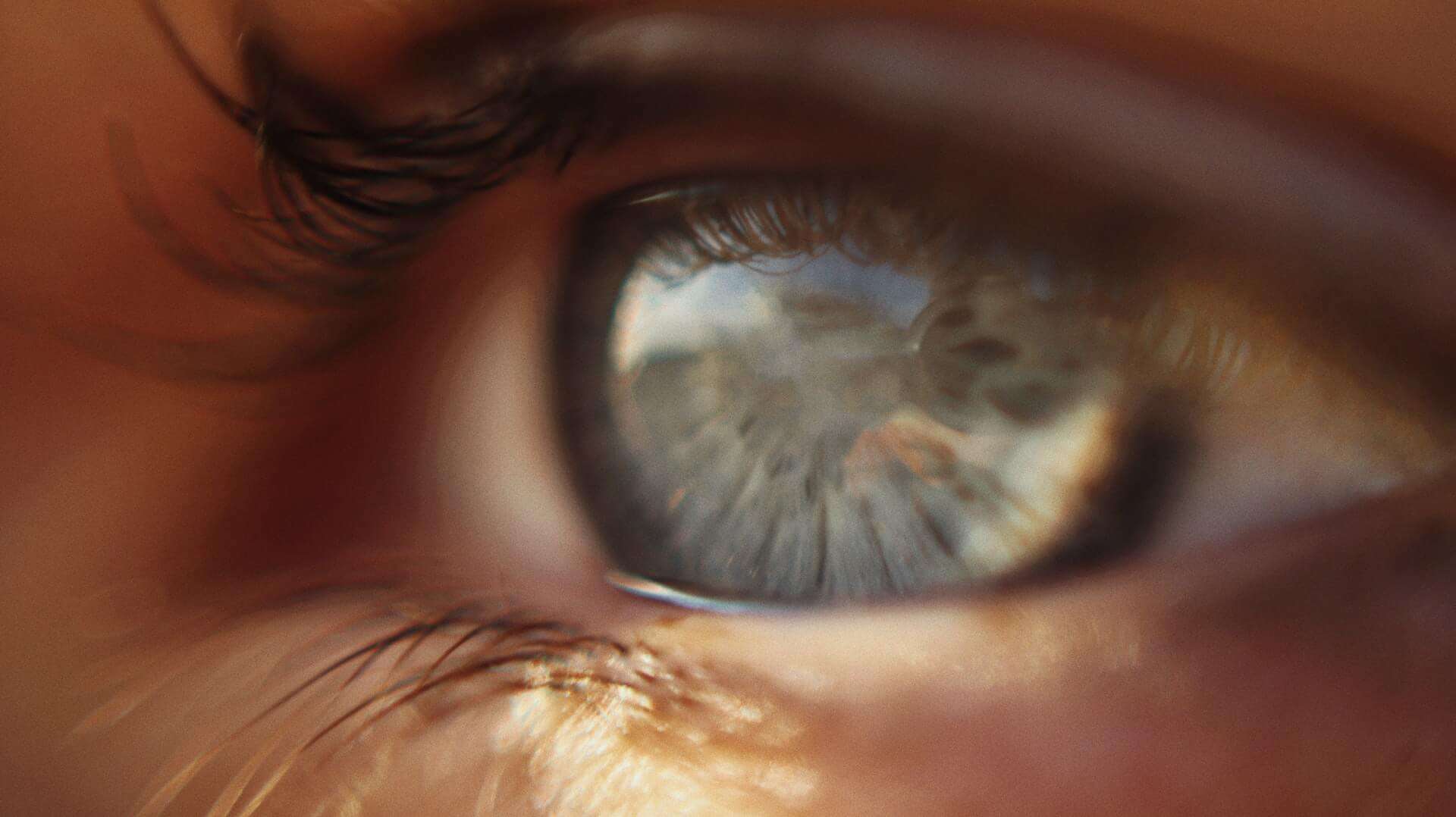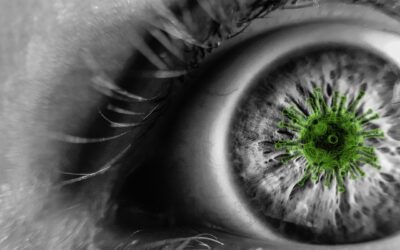Many of us have heard of cataracts—in fact almost every individual will have a family member who has undergone cataract surgery. But what is a cataract? Should I be afraid of them?
What is a Cataract?
To understand what cataracts are, you’ll need some understanding of the anatomy of the eye.
Like every other organ, eye has several different components. What makes the eye unique is that in order for vision to be created, light must pass through the eye unaltered.
This means all of the structures of the central eye must be translucent. Even the smallest particles such as blood vessels, muscles, blood cells, and proteins could interfere with the transmission of light, creating blind spots within an individual’s vision.
Yet, to properly refract light from a source to the back of the eye, light must be bent to create a point of focus that lands directly on the retina (the backmost structure of the eye containing specialized light-detecting cells). This is partially accomplished via a clear flexible structure called the lens.
The lens is the structure located roughly at the center of the eye. Its’ flexibility is what allows us to see clearly both at distance and up close—when viewing a near object the lens expands to bend light more whereas when viewing a distance object the lens flattens to bend light less.
Therefore, the lens plays a crucial part of creating clear vision. Changes to the lens—opacification, loss of flexibility, absence of the lens—all greatly interfere with vision.
The lens is also unique in the way it grows over time. The best way to describe the aging of the process of the lens is like an onion—the center of the lens, or nucleus, is present at birth. Over years of growth, new layers grow to encapsulate the nucleus, thus the lens gets thicker and thicker over time.
This being said, after decades of life the lens begins to yellow and opacify, forming a cataract. As the lens thickens it also loses its ability to flex—hence creating the need for reading glasses in a process called presbyopia.
For most people, presbyopia sets in around the age of 45 years. Cataracts also typically begin to develop around this age, however vision-issues secondary to cataract formation often do not appear until the more advanced stages of cataract opacification which occur closer to the age of 65 years. However, these numbers are not set in stone. Some individuals may notice lens changes earlier while others may not become affected until later in life (or sometimes not at all!).
Ultimately, age-related lens changes (i.e. cataracts) create the frustrating complaints of increased glare at night, the inability to see up close, overall decreased “fuzzy” vision that cannot be corrected with glasses, decreased contrast sensitivity, and loss of color vividity.
The Many Types of Cataracts
There are several different types of cataracts. Cataracts are classified based upon where in the lens the opacification begins.
The most common type of cataract is Nuclear Sclerosis. Nuclear sclerosis cataracts are the stereotypical age-related cataracts where yellowing/opacification begins in the lens nucleus and expands to affect the other layers as well.
Nuclear Sclerosis cataracts are typically very slow growing. Many times these cataracts take 20-30 years of growth before affecting vision!
The second type of cataracts is Cortical cataracts. Cortical cataracts start on the outermost edges of the lens and creep inwards, similar to a bike spoke pattern.
Cortical cataracts can occur with age, however they more commonly occur in diabetics, those with hypertension, or secondary to eye trauma. Due to systemic associations, these cataracts may present earlier in life and can grow quicker than nuclear sclerosis.
The third type of cataracts is subcapsular cataracts. These cataracts grow as small round opacities affecting the center of vision. They grow either on the anterior (front) lens capsule or posterior (back) lens capsule.
Subcapsular cataracts tend to be the most vision affecting as they grow directly in the center of the path of light. Individuals who develop these kind of cataracts will frequently complain of decreased vision—especially when reading.
Subcapsular cataracts can occur with age, however more commonly occur secondary to trauma, extended steroid use, inflammatory conditions, and eye trauma. Like cortical cataracts, subcapsular cataracts grow somewhat quickly and may come to affect vision within just a few years.
There are also several types of less common cataracts including congenital (a baby can be born with a cataract), “Christmas Tree” cataracts (seen in individuals with myotonic degeneration), Cerulean cataracts (childhood cataracts secondary to a gene mutation), and “sunflower cataracts” (seen in individuals with Wilson’s liver disease).
Fortunately, since cataracts are so common, there are great treatment options for cataracts in the form of cataract surgery. Technological advances have made cataract surgery a rather simple procedure, regardless of the type of cataract a person has.
If you, or someone you know, thinks they might be suffering from cataracts, make an appointment to speak with your local eye doctor today! Your doctor will run different tests and measurements to determine if you are ready for cataract surgery, discuss different surgery options with you, and get you referred to a great ophthalmologist for treatment.
Our eye doctors at Eye Theory in Houston, TX excel in the prescription of contact lenses, glasses and various eye diseases. Call our optometrist at 832.831.7386 or schedule an appointment online if you would like to learn more about cataracts or be examined for them. Our eye doctor, Dr. Jonathan Tsao, provides the highest quality optometry services and eye exams in the Midtown, Downtown, Museum District, Montrose, East Downtown, and Southside Commons (Southside Place) vicinities of Houston, Texas.





